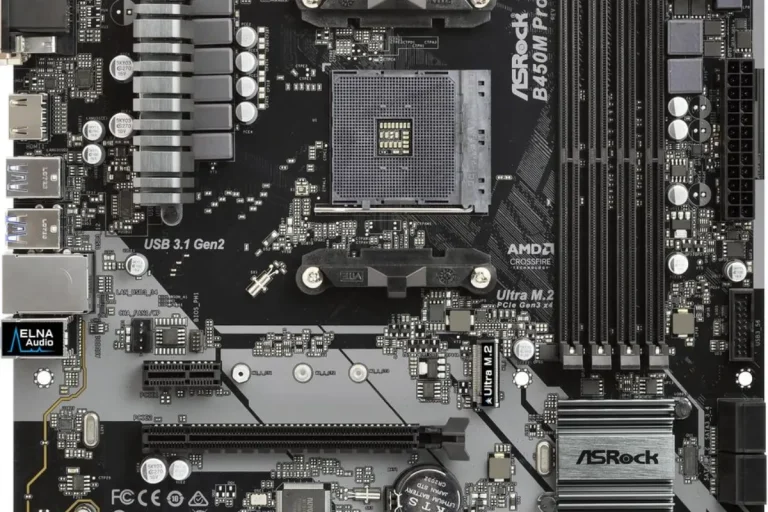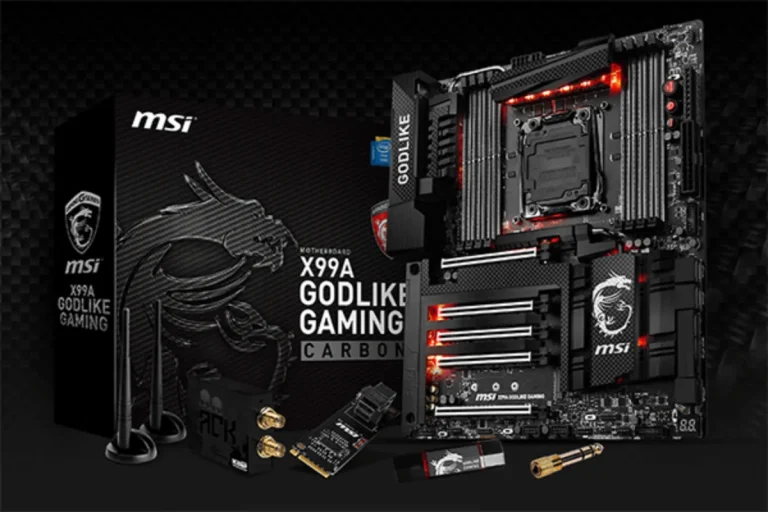how does the keyboard work on a computer?
Ever wondered about the magic behind typing on a computer keyboard? It’s not just about hitting keys—it’s like conducting a symphony of letters and commands. The fascinating secrets of how each keystroke translates into action on your screen.
Anatomy of a Keyboard
The inner workings of a keyboard are like peeking under the hood of a car—it’s fascinating
Key components
- Keys: These are the buttons you press to input characters. Each key corresponds to a specific letter, number, or function, making typing possible.
- Circuitry: Beneath the keys lies a network of circuits that transmit electrical signals when a key is pressed. These circuits are like the nervous system of the keyboard, relaying your keystrokes to the computer.
- Membrane: The membrane is a thin layer beneath the keys, acting as a protective barrier. It helps prevent dust and debris from interfering with the keyboard’s operation, ensuring smooth typing.
Diagram and explanation of each component
- Keys: Each key consists of a keycap, the visible part you press, and a mechanism beneath it. When you press a key, it activates a switch, completing an electrical circuit and sending a signal to the computer.
- Circuitry: The circuitry is like a maze of pathways connecting the keys to the computer’s motherboard. When a key is pressed, it triggers a specific pathway, allowing the computer to recognize which key has been pressed.
- Membrane: The membrane serves as a protective layer, ensuring the keyboard’s longevity. It also provides a tactile feel when typing, giving users feedback with each keystroke.
Mechanism of Typing
Curious about how your keystrokes turn into words on the screen? The fascinating process is step by step.
Keypress process
- Key activation: When you press a key, it activates a small switch underneath. This action completes an electrical circuit, signaling to the computer that a specific key has been pressed.
- Signal transmission: Once the key is activated, an electrical signal travels through the keyboard’s circuitry. This signal carries information about which key was pressed and sends it to the computer’s processor.
- Character output: Upon receiving the signal, the computer processes the input and generates the corresponding character or command on the screen. This character output is the visible result of your key press, allowing you to communicate and interact with the computer.
Explanation with visuals or animations
- Visuals: Imagine a virtual journey inside your keyboard, where you can see the intricate mechanisms at work as you press each key.
- Animations: Animated demonstrations can illustrate how key activation triggers signal transmission, culminating in character output on the screen. This dynamic visual aid enhances understanding and engagement.
Common Keyboard Issues and Solutions

Encountering keyboard problems can be frustrating, but fear not! troubleshoot some common issues and find solutions.
Sticky keys
Ever experienced keys that feel like they’re glued down? Sticky keys are often caused by debris or spills. To fix this, gently remove the keycaps and clean the area underneath with compressed air or a damp cloth.
Unresponsive keys
Nothing’s more annoying than pressing a key and getting no response. Unresponsive keys may result from hardware or software issues. Try restarting your computer, updating keyboard drivers, or checking for physical damage to the key or circuitry.
Dust accumulation
Over time, dust and crumbs can build up under your keys, affecting their performance. Regularly clean your keyboard with a soft brush or compressed air to remove any buildup and keep it in top shape.
Troubleshooting tips
- Test the keyboard on another device to determine if the problem lies with the keyboard or the computer.
- Reset your keyboard settings to default in your computer’s settings or control panel.
- Consider replacing the keyboard if issues persist, especially if it’s an older model.
Frequently Asked Questions
1. When were keyboards first introduced?
Keyboards were first introduced in the 19th century, with the earliest known version appearing in the 1860s as a telegraph operator’s device.
2. What was the first commercially successful keyboard?
The first commercially successful keyboard was the IBM Model F, introduced in 1981 as part of the IBM Personal Computer (PC).
3. What are some key technological advancements in keyboard design?
Key technological advancements include the transition from mechanical to membrane keyboards, the integration of backlit keys, and the introduction of ergonomic designs.
4. How have material advancements impacted keyboard technology?
Advances in materials science have led to the development of more durable and ergonomic keyboard materials, such as silicone and carbon fiber, enhancing user experience and device longevity.
5. What can we expect in the future of keyboard technology?
Future trends may include the integration of haptic feedback technology, adaptive key layouts, AI-driven typing assistance, and further improvements in durability and portability.
Conclusion
The mystery of how the keyboard works in a computer reveals the fascinating synergy of technology and human interaction. With each keystroke, we wield the power to communicate, create, and command, making the keyboard an indispensable tool in our digital world.

